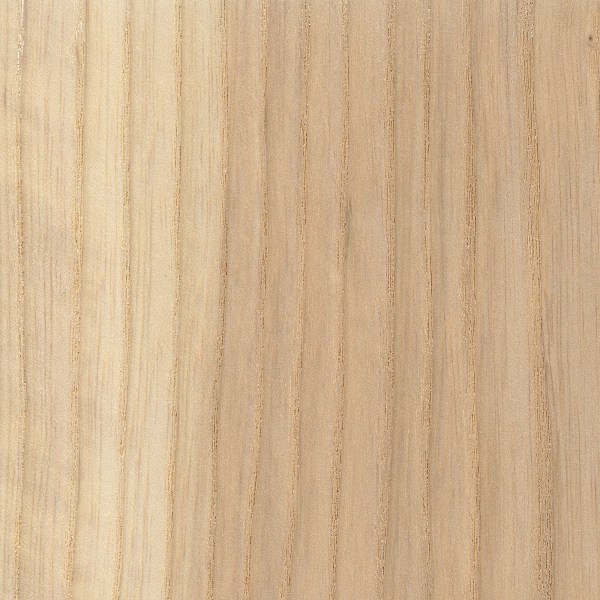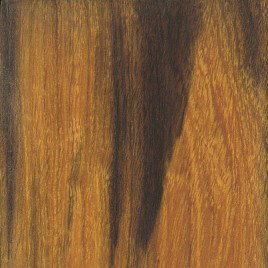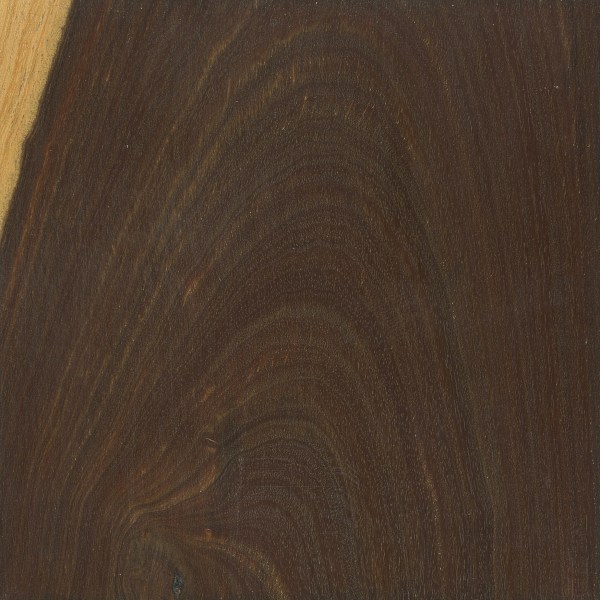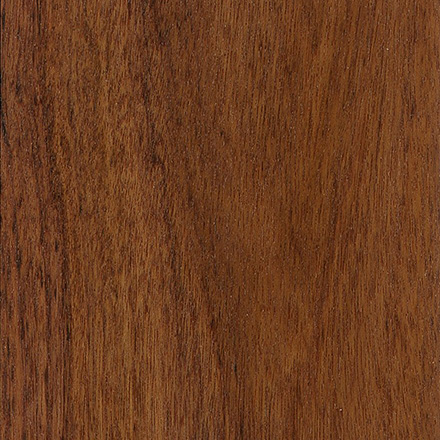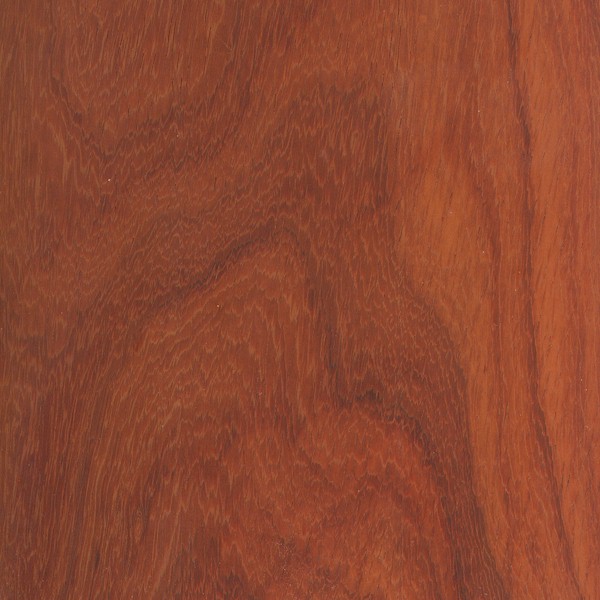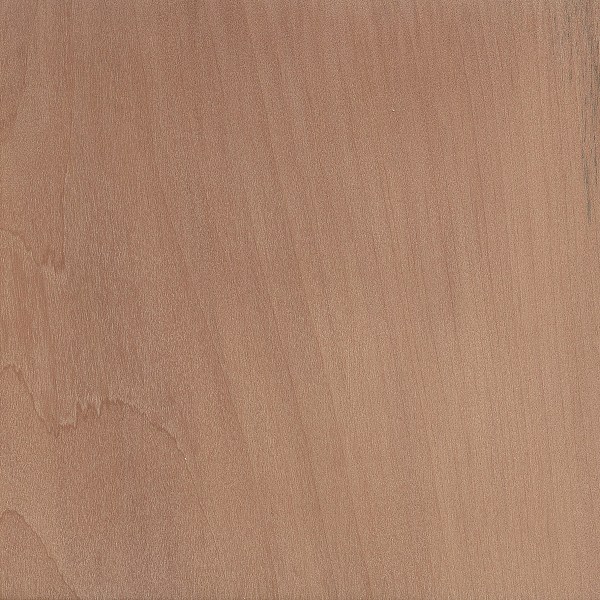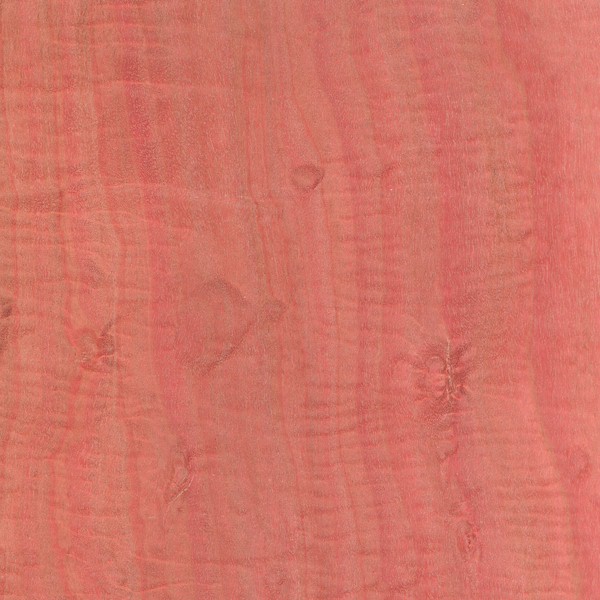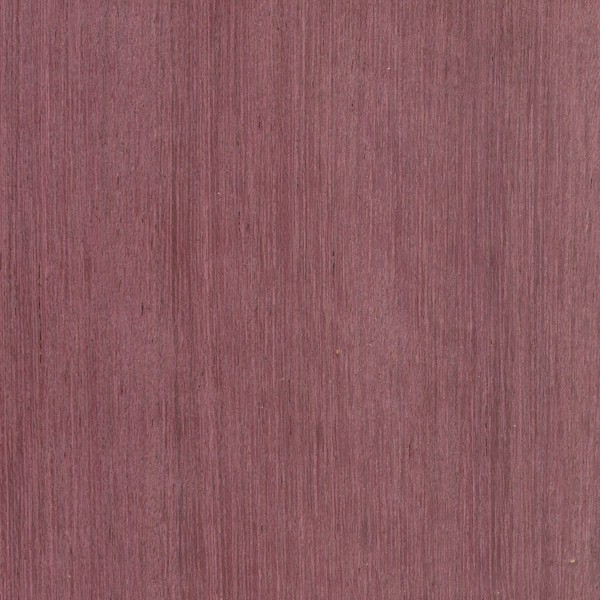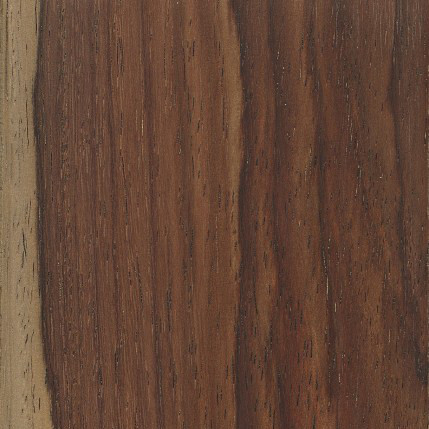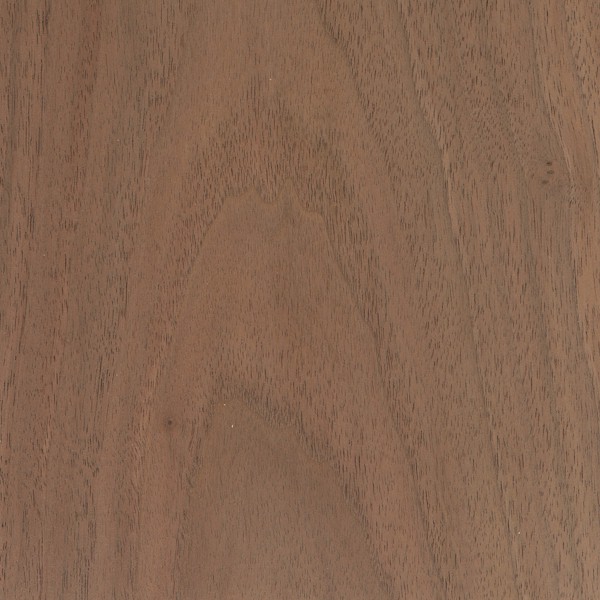Materials Used in Ornamental Turning
Overview
A lot of materials can be used by ornamental turners to make their pieces. The ones listed below is not an exclusive list, but covers the ones I have used or others have submitted to me. If you find a good one that is not listed, please do send it to me for inclusion.
General Recommendations
|
The Wood Database is a great online reference tool, so links to that site are included on the pages accessed from this one. Images of the wood on this site are courtesy of Eric Meier at The Wood Database. As a side note, Eric has created a poster showing the woods in a form that is really nicely done. I have one in my shop and reference it often. Eric posted a list of the Top Ten Hardest Woods. I'd bet any of the woods on this list would work well. Bonnie Klein gave this presentation, Turning Materials, on about various materials she uses. She gave this presentation at the 2018 Ornamental Turners International Symposium in Seattle, Washington. |
Finishing
Most ornamental turning pieces are not finished with a high gloss; though some do. If you choose to finish your work :
- using something simple with a low sheen is recommended, and
- test the finish on an unnecessary piece.
That last bullet is very important. My experience with trying to finish a very hard wood with shellac was a super fail, as was lacquer.
One product I like using is Tried & True's Original Wood Finish. I don't burnish with steel wool as I don't want to mess up the sharpness of the details, but a cloth works well.
Prototyping
Many woods used in ornamental turning are very expensive. If you use one of those, particularly if you want to make something you've never made, I recommend making a prototype using another, less expensive wood (e.g., Ash or Maple). This enables you to:
- ensure the design is what you want, and
- that you have worked out all the details about how you will work achieve that design (i.e., the order of operations).
Using Multiple Materials
Bill Ooms gave this presentation, Making an Egg, on using multiple materials in the egg he made which is similar to a Faberge egg. The egg is made from African Blackwood, Maple, Brown Ivory wood, and sterling silver.
Index of Woods
Index of Non-Woods
|
Disclaimer: eMail comments to me at OTBookOfKnowledge @ Gmail.com. The process of woodturning involves the use of tools, machinery and materials which could cause injury or be a health hazard unless proper precautions are taken, including the wearing of appropriate protective equipment. |

